Introduction List of Most Common Carbonate Minerals
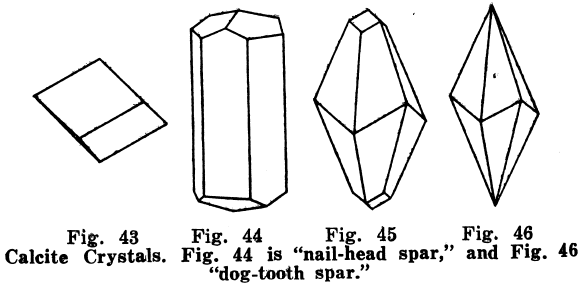
This is an introduction list that covers the most common carbonates minerals which are compounds of carbon dioxide (frequently called carbonic acid) with oxides of metals. In naming individual carbonates, the name of the metal is used; but if the name of the oxide of the metal is better known, as lime, for example, which […]
List Common Oxide Minerals
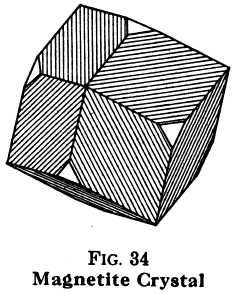
Oxide minerals can be listed as compounds of oxygen with metals. A list of the common oxide minerals with the spinel structure, together with their compositions, u values, cell dimension and structure type. Pure end member compositions of these minerals arc rare in nature, and cation substitution, especially between cations of similar size and valence, results […]
List Sulphide Minerals
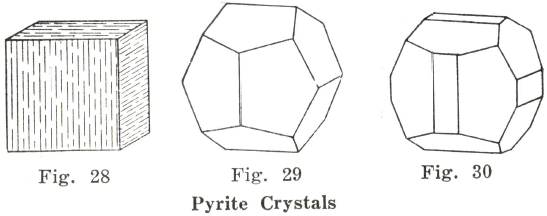
The sulphide minerals are compounds of the metals with sulphur. Nearly all these minerals have a metallic luster, i.e., the peculiar shining appearance of metals, such as gold, silver, copper, lead, tin, iron, etc. They are all heavy minerals and nearly all are of economic importance. Iron Pyrites or Pyrite FeS2. — Color, pale brass-yellow; […]
List Native Elements Minerals
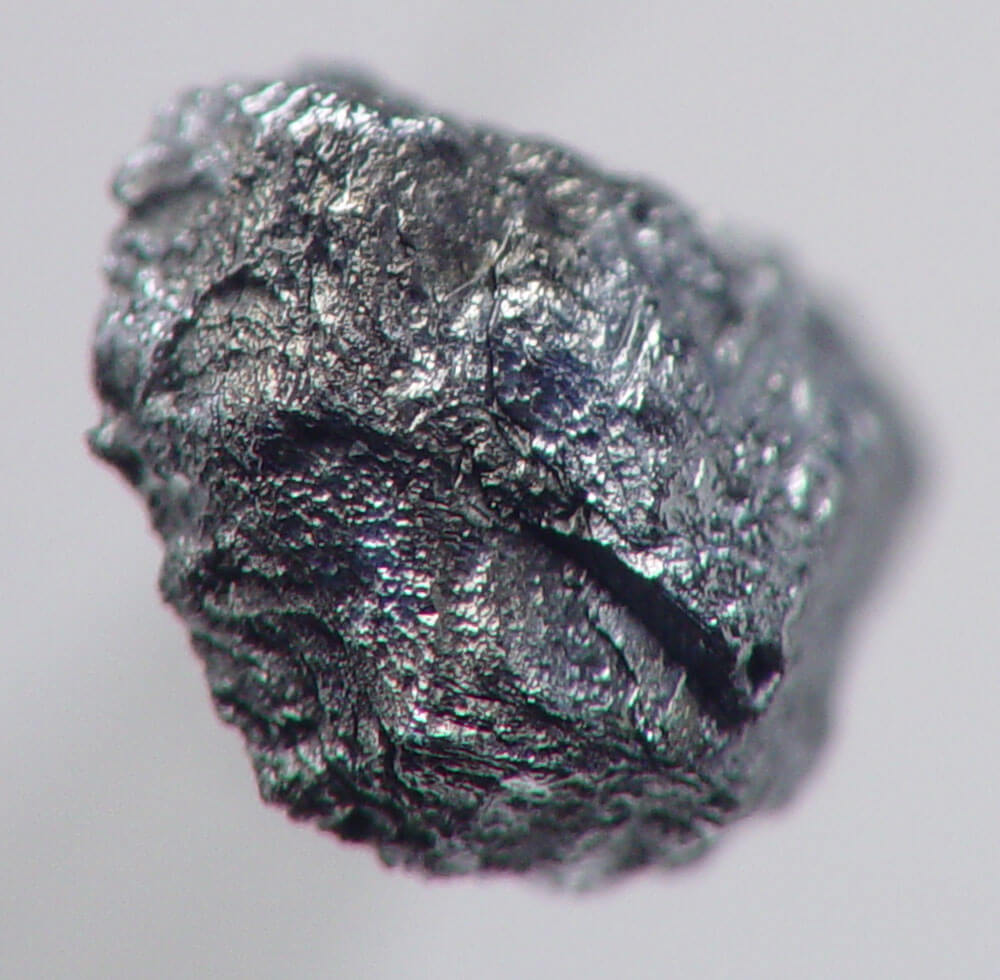
Here is a List Of Native Elements Minerals & Naturally Occurring Metals In Pure Form are subdivided into two classes, metals and nonmetals, to accord with similar divisions in chemistry. Gold Symbol, Au.; color, yellow, but paler when mixed with silver, which is usually present in native gold; H = 2.5 to 3; G = 19.33 […]
Major Mineral Groups
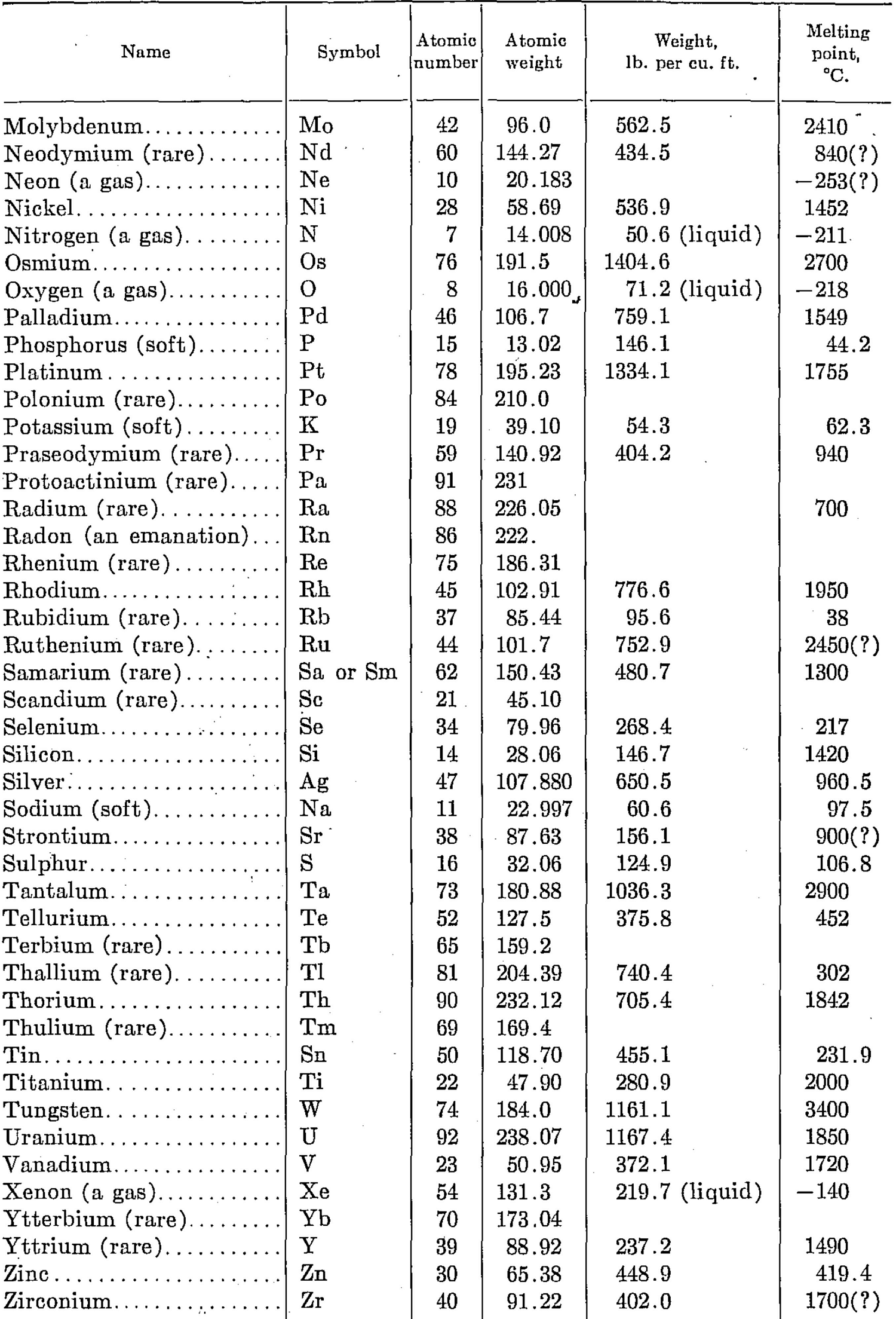
The great majority of minerals are compounds of two or more elements, though a few are native elements, i. e., elementary substances, as gold, silver, platinum, copper, carbon, and sulphur, which are found naturally. Minerals may be conveniently divided into the following eight Major Mineral Groups, and the descriptions will be in accordance with this […]
Basic Geological Survey Method
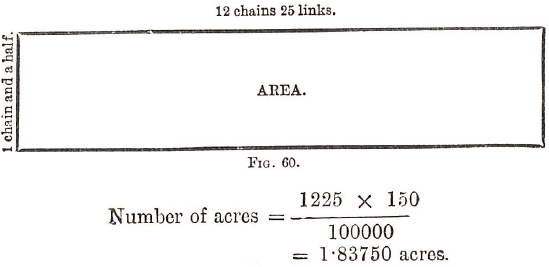
Much of Basic Geological Survey Methods consist of calculating areas.—To find the distance from an inaccessible place. —To solve problems in connection with adits, shafts, lodes of a mine.—Position of a shaft with regard to a lode. In ordinary surveying, a Gunter’s chain 66 feet long, and consisting of 100 links, each tenth one of […]
Gold Assaying Methods
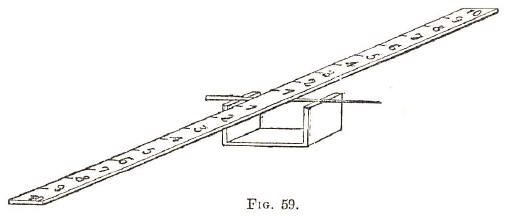
To determine the amount of gold metal in ore, there are two kinds of gold assay adopted: The dry assaying method (i.e. by fusing the powdered ore with or without fluxes). The wet assaying method (i.e. by the agency of liquids). In the principal wet assay, the ore is thoroughly dissolved in acids, and, by […]
Wet Metal Assay Techniques
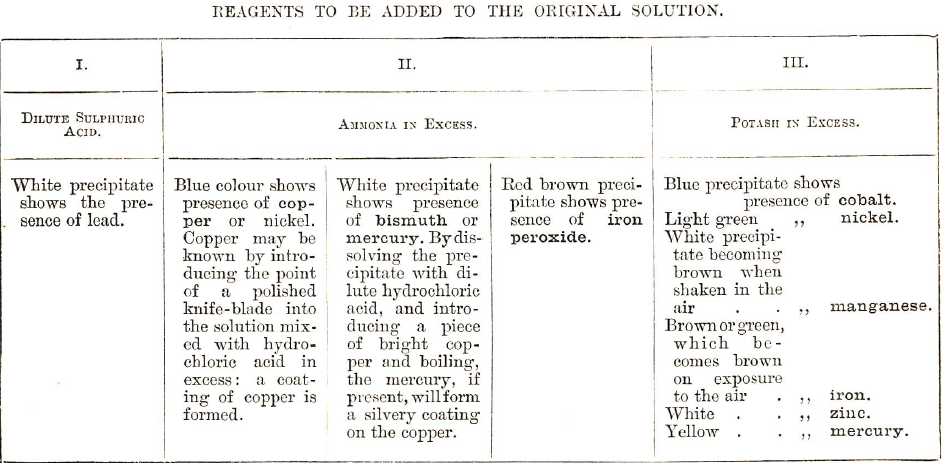
Wet Metal Assay Techniques include a method by which the “ore” is turned into powder and thoroughly dissolve it in some liquid, usually an acid, or mixture of acids, and then to recognise the presence of some known metal or metals by the peculiarity of the precipitate produced, when a reagent has been added to the […]
How to Determine the Elemental Composition of Minerals

Pure Minerals always Have same Composition A pure mineral, one that is not mixed with any other mineral, is always of the same composition (certain exceptions). For example, iron pyrites is composed of iron and sulphur, in the proportion of 46.67% of iron and 53.33% of sulphur; and any specimen of the pure mineral will, […]
How Crystals are Formed
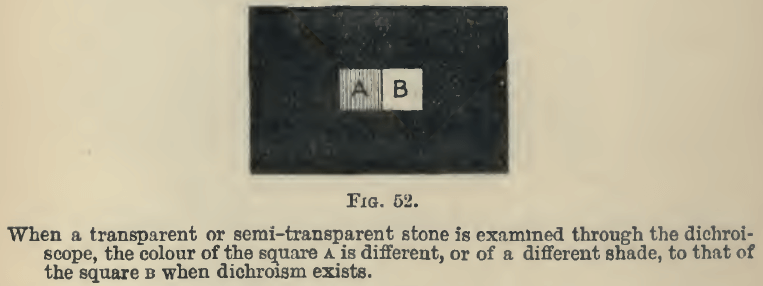
Minerals have taken their place in the earth’s crust by becoming solid from an originally liquid or, sometimes, gaseous condition, either melted rock matter (magma) or dissolved in water or other solvents. When the change from a liquid to a solid has been slow enough and undisturbed, the minerals have grown as crystals, which are […]
